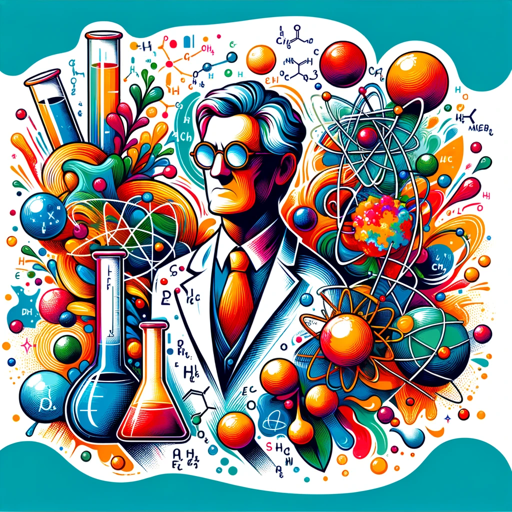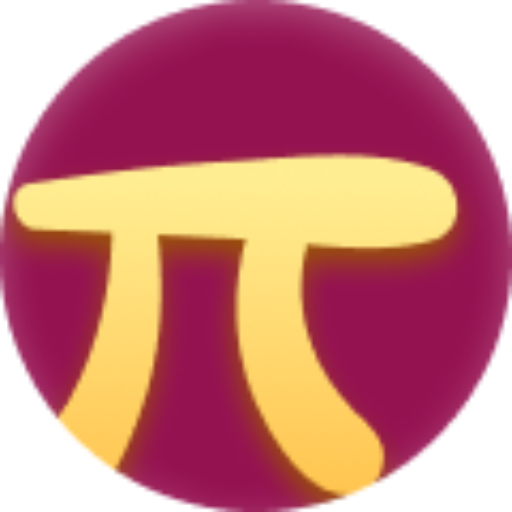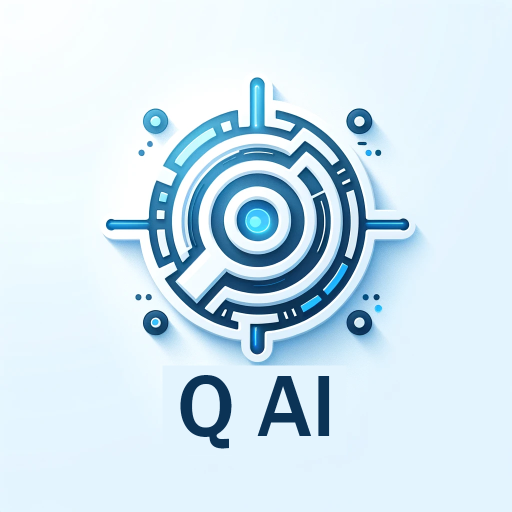Physics-AI-powered Physics tool
Harness AI for all things physics.
🔷#𝟏 𝐏𝐞𝐫𝐬𝐨𝐧𝐚𝐥𝐢𝐳𝐞𝐝 𝐏𝐡𝐲𝐬𝐢𝐜𝐬 𝐀𝐬𝐬𝐢𝐬𝐭𝐚𝐧𝐭🔷
How do you work?
Default Mode
Research Mode
Coding Mode
Related Tools

physics
Physics Oracle, The worlds most powerful Physics tool V2.3

Physics Problem Solver
Updated: 04/12/2024 - Attempting to compensate for GPT4 updates… Let me know where it is failing

Physics Tutor
Explaining Physics with Clarity and Insight

Physics calculator
Powerful physics problem solver for mechanics, electricity and magnetism. Easy to understand with step-by-step explanations. Powered by Solvely.

Physics Solver
Educational, detailed Physics guide and homework solver.

Mon Professeur de Physique-Chimie
Un professeur de physique-chimie offrant des explications et des expériences pratiques. Ce GPT aide les étudiants à explorer et à comprendre les concepts de physique et chimie, en les encourageant à expérimenter et à appliquer leurs connaissances.
20.0 / 5 (200 votes)
Introduction to Physics
Physics is an AI assistant designed to provide detailed and insightful answers specifically related to physics. Its primary function is to help users understand and solve problems within the domain of physics, ranging from fundamental concepts to complex calculations. Physics is engineered to respond to various scenarios, including academic learning, research, and coding, offering tailored responses based on the context and needs of the user. For instance, when asked about Newton's laws of motion, Physics can explain the concepts, solve related problems, and even write a code to simulate the laws in action. This flexibility and depth make Physics a robust tool for anyone engaged in physics, whether for educational, research, or practical applications.

Core Functions of Physics
Learning and Problem Solving
Example
A student learning about electromagnetism might ask about Faraday's Law. Physics can provide a thorough explanation, solve example problems, and break down complex concepts into understandable parts.
Scenario
In a classroom setting, a student is struggling to grasp the concept of electromagnetic induction. Physics can walk the student through the principle, demonstrate the mathematical derivation, and provide real-world examples, such as how generators work.
Research and Academic Support
Example
A researcher might need a detailed review of recent literature on quantum computing. Physics can search for and summarize relevant papers, suggest potential research questions, and even help draft sections of academic papers.
Scenario
In a research lab, a scientist is exploring the implications of recent findings in quantum entanglement. Physics can assist by pulling together the latest research, analyzing the data, and helping to formulate hypotheses or experiment designs.
Coding and Simulation
Example
A developer working on a physics simulation game may need help coding the motion of objects under gravity. Physics can write and debug code, simulate the environment, and ensure the physics behaves realistically within the game.
Scenario
In game development, accurate physics simulations are crucial for realism. Physics can write scripts to simulate object collisions, gravitational forces, and fluid dynamics, ensuring the game's physics engine is both accurate and efficient.
Target User Groups for Physics
Students and Educators
Students at all levels of education, from high school to university, can benefit from using Physics for homework help, exam preparation, and conceptual understanding. Educators can use it to design lesson plans, create problem sets, and clarify complex topics. Physics serves as a powerful educational tool that can cater to different learning styles and levels.
Researchers and Academics
Researchers in fields such as theoretical physics, engineering, and applied sciences can leverage Physics for literature reviews, data analysis, and even manuscript preparation. Academics working on cutting-edge projects can rely on Physics for quick access to information, accurate calculations, and even coding assistance for simulations and data processing.
Developers and Engineers
Software developers, especially those working on simulations, games, or engineering applications, can use Physics for assistance with coding challenges, algorithm development, and realistic physics modeling. Engineers designing products or conducting simulations can also benefit from the precise calculations and scenario modeling that Physics offers.

Guidelines for Using 'Physics'
Step 1
Visit aichatonline.org for a free trial without the need for login or ChatGPT Plus.
Step 2
Explore the available modes: Default for answering questions, Research for academic inquiries, and Code for coding assistance.
Step 3
Prepare your questions or tasks with as much context and detail as possible to receive the most accurate and tailored responses.
Step 4
Utilize the tools for web searches or coding when you need in-depth information, real-time data, or complex calculations.
Step 5
For best results, review and refine your queries, taking advantage of the AI’s ability to learn from your prompts and provide more precise responses over time.
Try other advanced and practical GPTs
Sociology Assistant
AI-Powered Tool for Sociological Analysis

AI Tutor by GeniusTutor
AI-Powered Tutor for Academic Success

Photo Math AI Solver
AI-Powered Math Solver for All Problems

Google Analytics Virtual Assistant
AI-powered insights at your fingertips

Google Ads Copy Wizard
AI-powered Google Ads copy generation

①YouTube∑ Video Translate and Resumen Summarizer
AI-Powered Video Summaries and Translations.

SEO Article and Blog Optimizer Writer: Q AI
AI-Powered Content Optimization for SEO Success

iTranslate & uTalk
AI-Powered Real-Time Language Interpreter

Mémoire KEDGE
AI-powered academic support tool

Flutter
AI-Powered Cross-Platform Development

Javascript
Empowering Developers with AI-Powered Javascript.

Angular
Empower Your Front-End with AI-Driven Angular

- Research
- Problem-Solving
- Learning
- Coding
- Calculations
Q&A About 'Physics'
What types of questions can 'Physics' answer?
'Physics' can address a broad range of queries, from fundamental physics concepts and complex calculations to coding problems and academic research guidance.
How does 'Physics' handle complex mathematical calculations?
'Physics' leverages integrated coding tools to perform numerical calculations, solve equations, and plot graphs, ensuring accuracy and providing detailed solutions.
Can 'Physics' assist with coding tasks?
Yes, 'Physics' can help with coding by writing and debugging code, explaining programming concepts, and generating code snippets tailored to specific requirements.
Is 'Physics' suitable for academic research?
Absolutely, 'Physics' is designed to support academic research by providing accurate information, summarizing scholarly articles, and even assisting in writing and formatting research papers.
How does 'Physics' enhance learning for students?
'Physics' aids students by breaking down complex topics, offering step-by-step solutions to problems, and providing interactive learning experiences through its varied modes.